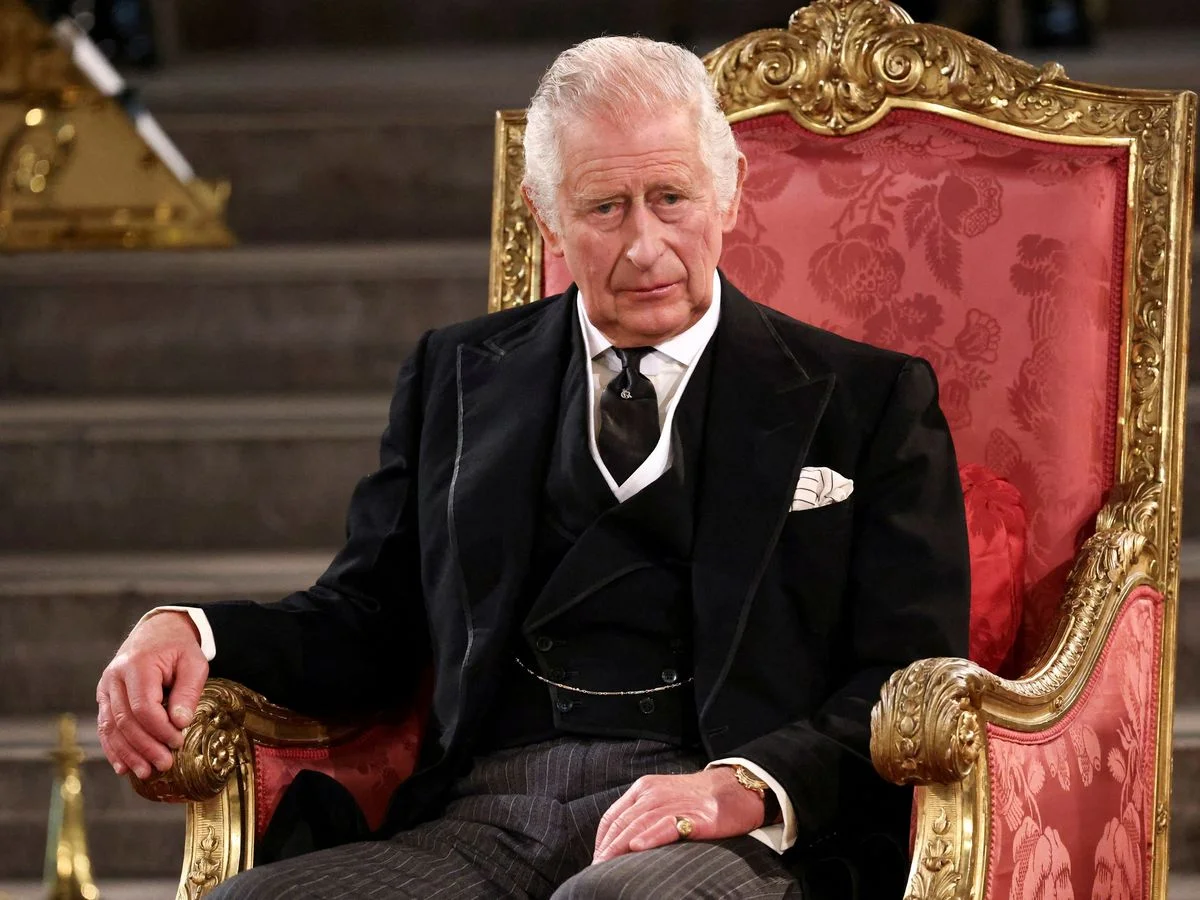In a significant shift for the British monarchy, King Charles assumed the throne at the age of 74, succeeding his mother after her passing. The long-awaited moment has brought about a transformation in his life, marked by both challenges and responsibilities that come with his royal status.
The transition from being a prince to becoming a monarch is not without its complexities. According to insights shared by Paul Burrell, former butler and confidante of Princess Diana, King Charles is experiencing a notable change in his daily life. Burrell mentioned to Express.co.uk that the King is “going to find it very different this year” as his role now demands a consistent level of engagement.
Before his ascension, King Charles had more freedom in his schedule, able to pursue his interests and travel without the same constraints. However, as the reigning monarch, his responsibilities have multiplied. Notably, he now receives the government’s red box each day, a symbolic representation of his involvement in the nation’s affairs. This transition from anticipation to actuality can be a profound adjustment for an individual who has awaited this moment throughout his life.
Burrell emphasized, “It’s a big shock when you’ve been waiting, a big shock for him when he’s been waiting for this job all his life and now, he’s got it well, he’s chained to it.” The weight of duty and the restructuring of his daily routine are undoubtedly significant factors in this adjustment process.
One of the annual royal traditions that King Charles is embracing is the gathering of his family at Balmoral, the Scottish Palace. This location holds deep significance, as it was a favored retreat for the late Queen Elizabeth, who spent her final days there.
As King Charles settles into his new role, the eyes of the world are on him as he navigates the complexities of monarchy. The adjustments he makes, the paths he chooses, and the legacy he shapes will all contribute to his reign and the British monarchy’s future.




